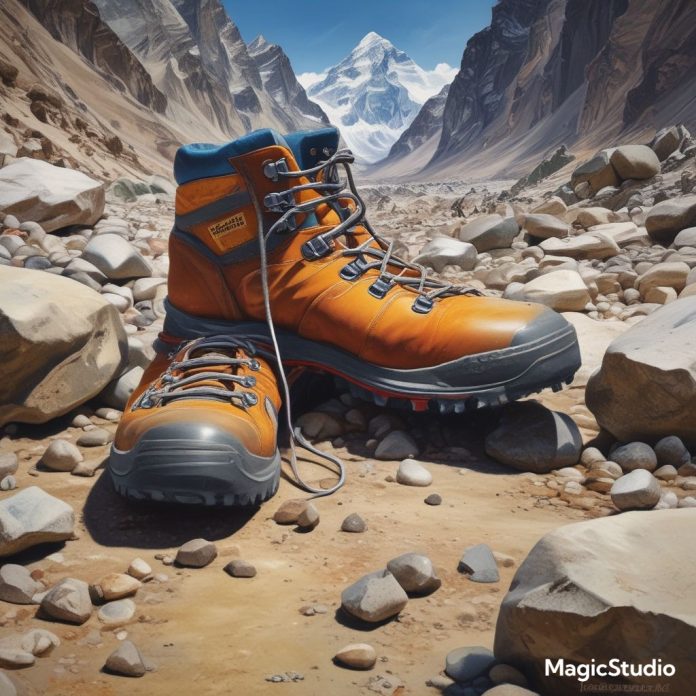Your feet are going to do a lot of work on the Everest Base Camp (EBC) trek. They’ll navigate rocky trails, muddy paths, snow-covered passes, and maybe even a few questionable piles of yak droppings. So, what’s the best footwear for the journey?
Well, opinions are all over the place. Some swear by ankle-high boots, others breeze through in trail runners, and then there’s that one guy who apparently did it barefoot (seriously, why?). Let’s break down your options so you don’t end up regretting your choice at 5,000 meters.
Boots vs. Trail Runners: The Great Debate
1. Hiking Boots—For Ankle Support and All-Terrain Protection
- Ideal for those who want extra stability on rocky and uneven trails.
- Best for trekking in colder months (March-May, October-November) when snow, ice, and mud are more common.
- Provides better protection from wet conditions, especially when descending through slushy, muddy trails.
- Downsides? Heavier and can feel a bit bulky after long days of trekking.
🚀 Best for: Trekkers who prefer ankle support, plan to trek in colder seasons, or want the safest option for rough terrain.
2. Trail Runners—For Light and Fast Trekking
- Lightweight and breathable—great for people who hate bulky boots.
- Work well if you have strong ankles and are used to hiking in trail shoes.
- A solid option in warmer months (April-May, September-October) when snow isn’t as much of an issue.
- Must be waterproof (Gore-Tex is a good idea) or you risk cold, wet feet.
🚀 Best for: Experienced hikers who prefer a more agile feel, are trekking in warmer seasons, or don’t need much ankle support.
Other Things to Consider
- The Trail Gets Rough – After Tengboche, the terrain becomes rockier, and beyond Dingboche, it’s even more uneven. Having some ankle support is helpful.
- Breaking Them In is Mandatory – Whether you go for boots or trail runners, make sure you’ve worn them in before the trek. New shoes = guaranteed blisters.
- Socks Matter More Than You Think – A solid pair of merino wool socks can make all the difference. Some trekkers swear by double-layering: a thin technical sock underneath and a midweight merino sock on top.
- Wet and Muddy Descents – The return trek from Namche to Lukla is often wet, muddy, and full of… let’s just say “organic surprises.” Waterproof shoes are a lifesaver.
So, What Should You Wear?
There’s no one-size-fits-all answer, but if you’re unsure, go with a lightweight, waterproof hiking boot with good ankle support. It’s the safest choice for all conditions. If you’re confident in your footing and want something lighter, waterproof trail runners could work too.
One thing is certain—you’ll be walking for days, so make sure whatever you wear feels good on your feet. Because the only thing worse than yak dung on your boots is realizing on day three that your shoes are giving you blisters the size of Everest itself.

